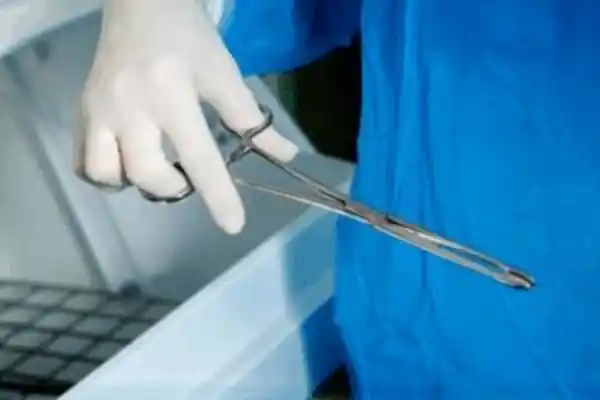- General Surgery Instruments
- Orthopedic & Spine
- Neurosurgical
- Electrosurgical
- Non-Stick Bipolar Forceps
- European Irrigation Bipolar Forceps
- Monopolar Cables
- USA 2 Pin Bipolar Forceps
- European Non-Stick Bipolar Forceps
- Bipolar Artery Sealer
- Diathermy Instruments
- Bipolar Electrodes
- Disposable Bipolar Forceps
- Electrodes 4.0mm
- Electrosurgical For Gynecology
- European Bipolar Forceps
- Gynecology
- ENT
- Cardiovascular
Surgical Forceps
Mastering Precision: Surgical Forceps
Surgical Forceps
Surgical forceps are essential instruments designed for securely grasping and holding objects during invasive medical procedures. They serve a wide range of purposes, including tweezing, clamping, and applying controlled pressure. Depending on the surgical requirement, forceps may be shaped like pincers or extractors, making them versatile tools for use in emergency rooms, examination clinics, operating theaters, and first-aid scenarios.
Resembling articulated tongs, these instruments are crucial for gripping and removing tissue, as well as handling medical materials like gauze, sponges, and wipes. With a history spanning over three thousand years, surgical forceps have remained indispensable in modern medicine, offering precision, control, and stability that surpass the capabilities of the human hand alone.
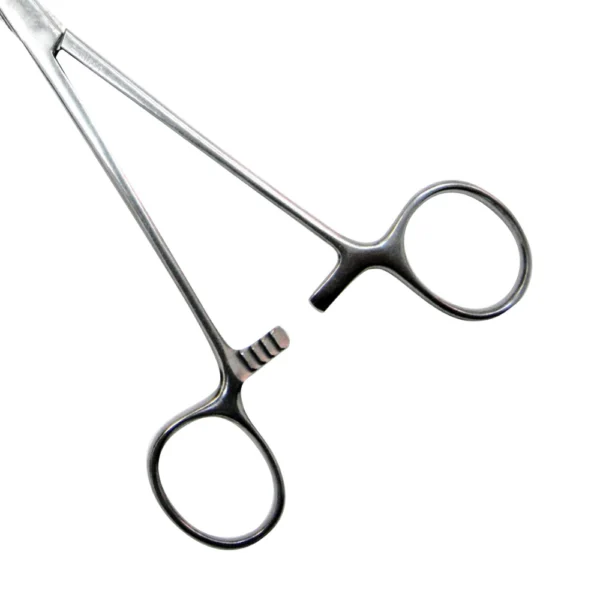

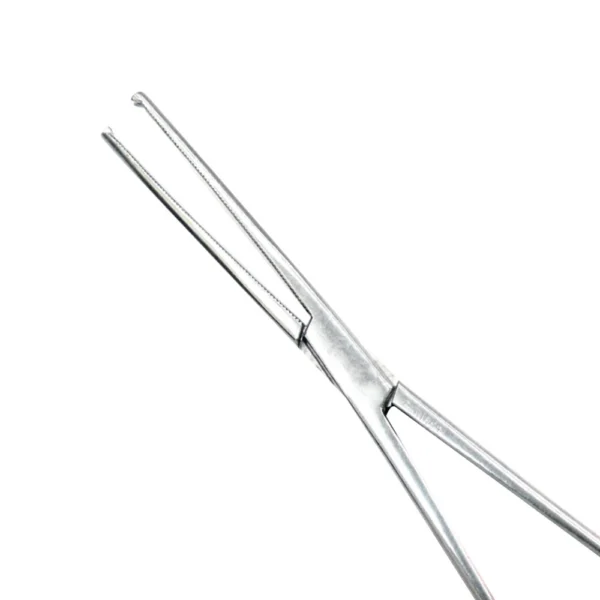
TYPES OF SURGICAL FORCEPS
Surgical forceps are classified into two primary types, each designed for specific medical applications:
- Thumb Forceps – Commonly known as gripping forceps, pinning forceps, surgical forceps, or non-locking forceps, these are used for holding and manipulating tissue or materials during procedures.
- Ring Forceps – Also called hemostatic or hemostat locking forceps, these feature a locking mechanism for secure clamping during surgery.
At Surgivalley, we guide medical professionals in selecting the right forceps, whether for electrosurgical, bipolar, or single-use applications. Our priority is to match each instrument to the exact procedural needs of healthcare providers.
We are committed to producing high-quality, cost-effective instruments by actively listening to our customers and understanding their requirements. Our precision-engineered products are trusted by the biomedical research community for their reliability and performance.
Continuously innovating, Surgivalley offers an extensive range of surgical and electrosurgical forceps, developed in close collaboration with industry experts to meet the evolving demands of modern healthcare.
HEMOSTATIC FORCEPS
Ring forceps are designed to resemble scissors, featuring a hinged handle and often a ratchet mechanism that locks the clamp securely in place. The ratchet ensures the jaws close tightly, providing a firm grip for grasping, holding, or applying traction to objects. In delicate procedures, ring forceps with a locking ratchet are generally preferred over thumb forceps.
Often referred to as “clamps,” these instruments grip tissue firmly for examination or surgical manipulation.
Hemostatic forceps, a type of locking forceps, play a critical role in controlling bleeding during surgery, such as in cardiovascular procedures. They compress blood vessels and other tubular structures to halt circulation and prevent blood loss. The ratcheted mechanism allows precise, stable clamping, minimizing movement and ensuring effective hemostasis throughout the operation.
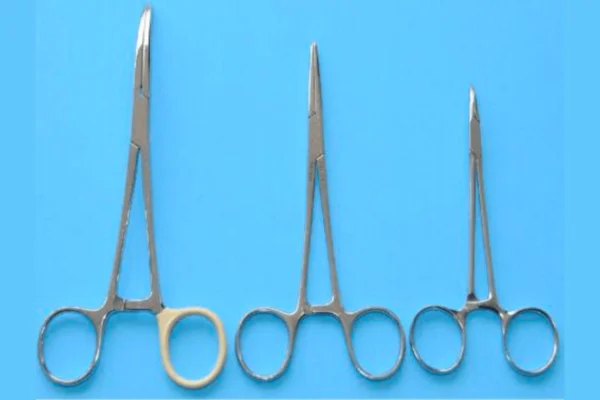
Forceps are often used to achieve non-traumatic hemostasis at an injury site, helping control bleeding without causing additional tissue damage. They are available with straight, curved, or right-angled jaws in various sizes to suit different patient needs. Hemostats such as Mosquito or Kelly forceps are ideal for compressing small tissues and arteries. Rochester forceps share similarities with standard hemostats, but with notable distinctions Kelly hemostats feature specific design elements, while Rochester hemostats are longer, allowing them to reach deeper surgical areas.
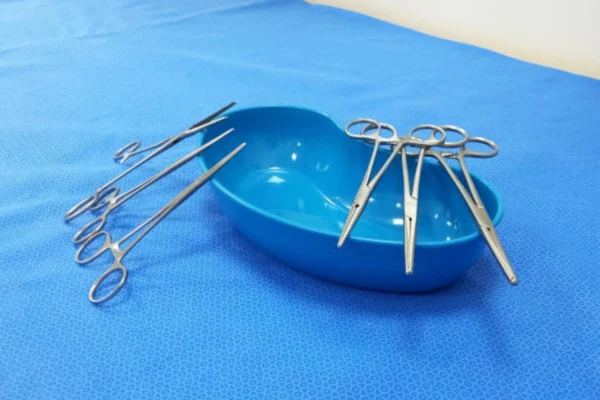
Sponge & Dressing Forceps
In wound care, dressing forceps are essential. They are designed to hold dressings and gauze securely. These instruments can also assist in treating infected or necrotic wounds. Additionally, they may be used effectively for wound closure procedures.
Tongue Forceps
During dental procedures, tongue forceps provide better control of the tongue. These instruments allow practitioners to grip, stabilize, and position the tongue securely within the mouth. Wide fenestrated designs ensure the tongue is held while keeping the mucosa visible.
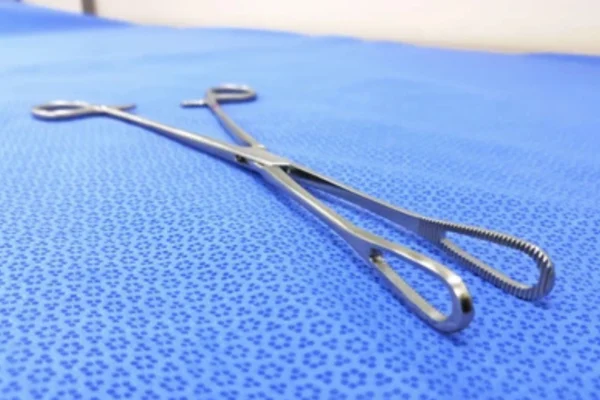
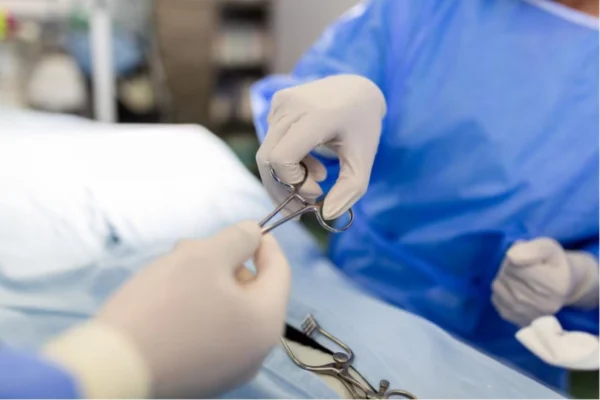
Gum & Tissue Forceps
Tissue forceps are commonly kept on hand during surgeries. Their purpose is to minimize damage to live tissue while performing procedures. These precision instruments are used to handle and preserve delicate tissues throughout surgical operations.
Towel Clamp Forceps
A well-recognized example of a perforating clamp is the towel clamp forceps, commonly used in surgical settings for securely grasping tissue, holding surgical towels in place, and stabilizing or reducing small bone fractures with precision.
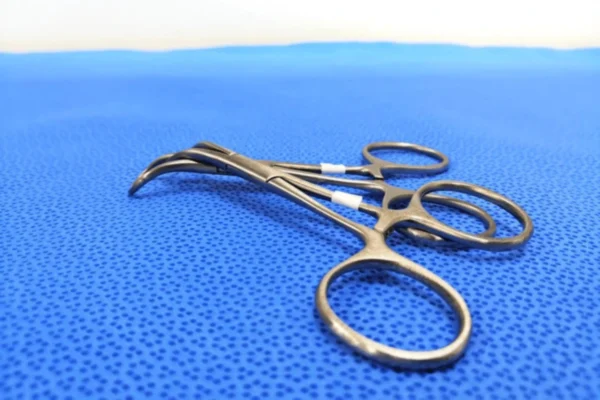
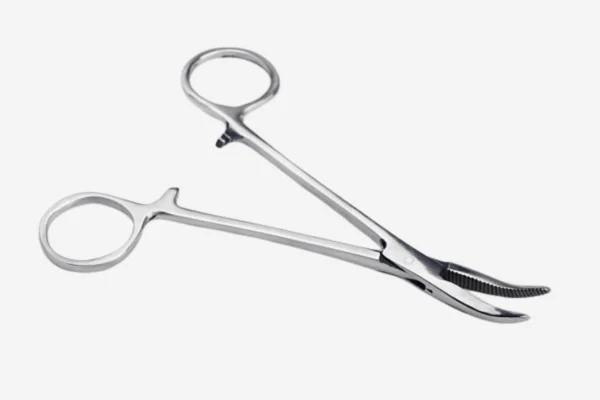
Fine Artery Forceps
Fine artery forceps are specialized surgical tools designed to grasp and clamp arteries, controlling bleeding during procedures. Equipped with secure locking mechanisms in the handles, they maintain a firm hold throughout surgery. As a type of hemostat, artery forceps are essential in many medical operations, providing precision and stability when managing blood vessels.
Vascular Cannulation Forceps
Vascular cannulation forceps are used to introduce catheters into the circulation with precision and control. Their hollow jaws are specifically designed to protect tine tubes from damage during insertion, ensuring safe and efficient catheter placement.
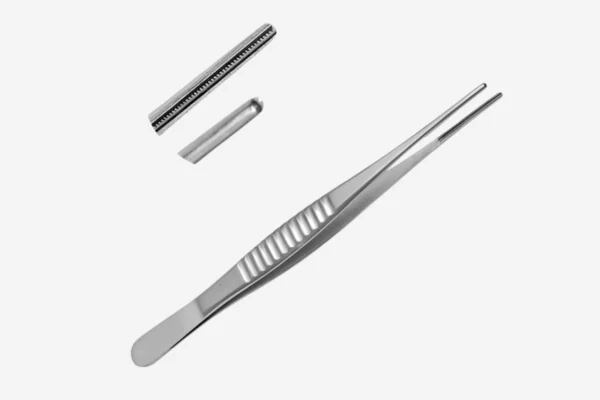
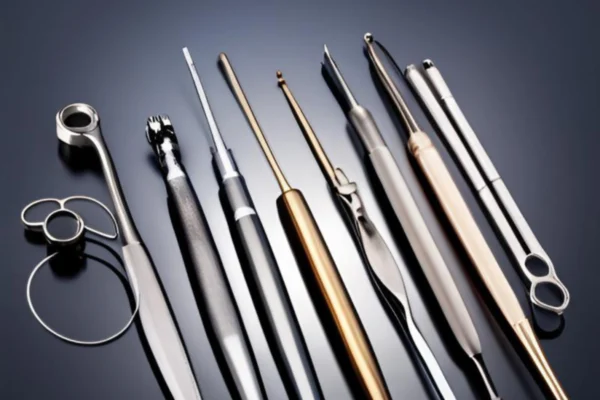
Ophthalmic forceps
Ophthalmic forceps feature ultra-fine tips measuring 0.25 mm in thickness and 2.5 mm in length, with precision points of about a quarter inch. Designed for delicate eye surgeries, these forceps give surgeons exceptional control when handling extremely small and sensitive tissues, ensuring accuracy in the most intricate procedures.

THUMB FORCEPS
Thumb forceps are non-locking surgical instruments designed to grasp, hold, or manipulate tissue through gentle compression between the thumb and forefinger. They are commonly used to hold or transfer tissue during surgery, as well as to handle surgical dressings.
Available in a variety of tip styles—flat, serrated, cupped, ringed, grooved, diamond-dusted, or toothed—thumb forceps can also feature straight, curved, or angled tips. Serrated thumb forceps are preferred for tissue handling, as they require less pressure and reduce trauma compared to flat tips.
Smooth or cross-hatched thumb forceps are ideal for tasks such as suture removal, dressing transfer, or repositioning drapes. Popular examples include Adson, Iris, and Foerster forceps, each designed to meet specific surgical needs with precision and ease of use.
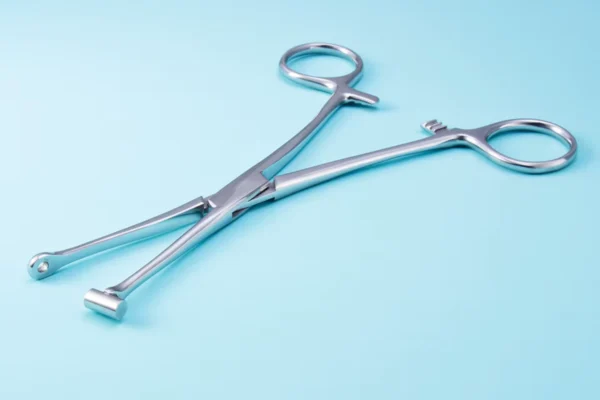
Locking Forceps
Locking forceps, or clamps, are used for tissue fixation during surgery. Hemostats help regulate blood flow and can control temperature in certain treatments. They may also serve as needle holders, allowing surgeons to grasp and manipulate needles with precision.
Student Fine Forceps
Student fine forceps are ideal for general dissections where ultra-fine tips aren’t needed. Durable and easy to handle, they offer precision and control for classroom use.
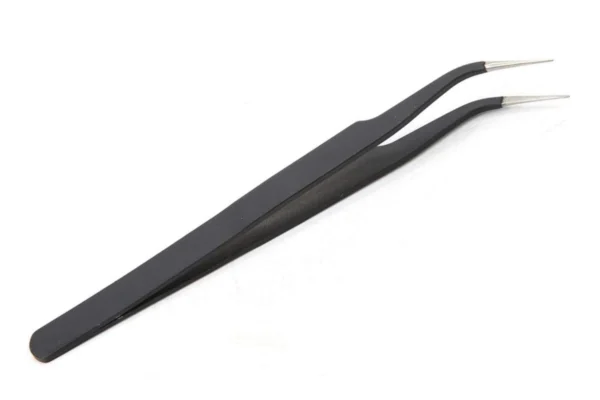
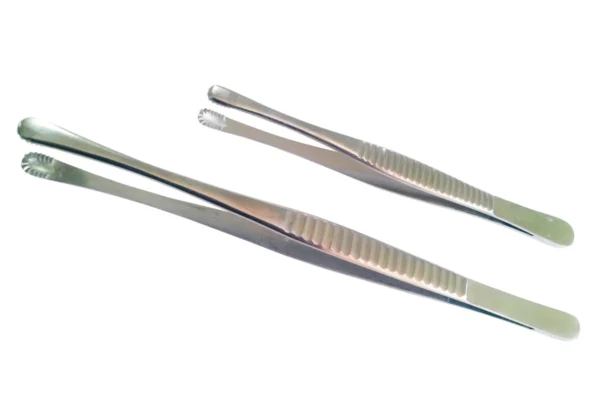
Tungsten Carbide forceps
Tungsten Carbide (TC) is stronger and more durable than stainless steel. Its tip insert ensures a firmer, longer-lasting grip on surgical instruments. Golden grips are commonly used for tungsten carbide equipment, offering enhanced control and precision.
Tubing Clamps
Tubing clamps are designed to securely clip medical silicone catheters or hoses. They come with two jaw options: smooth or cross-serrated. This design allows the silicone tube to be firmly gripped while minimizing the risk of damage, ensuring both secure handling and patient safety.
